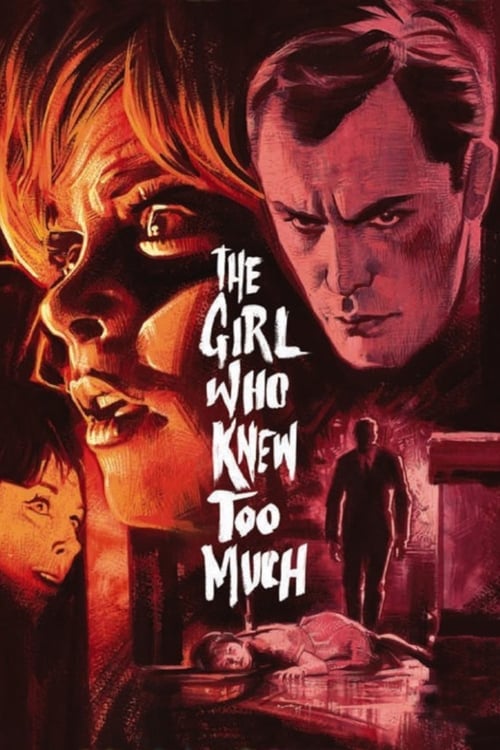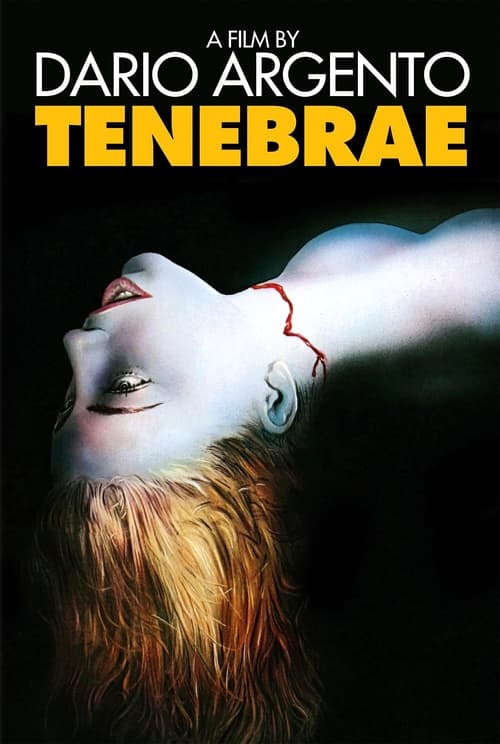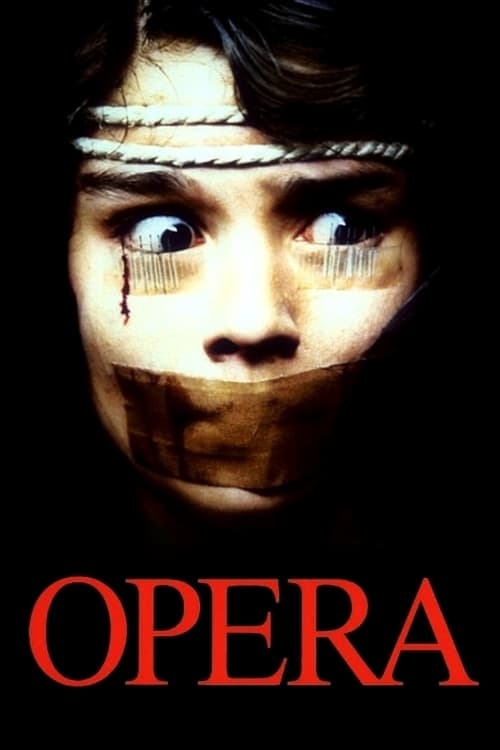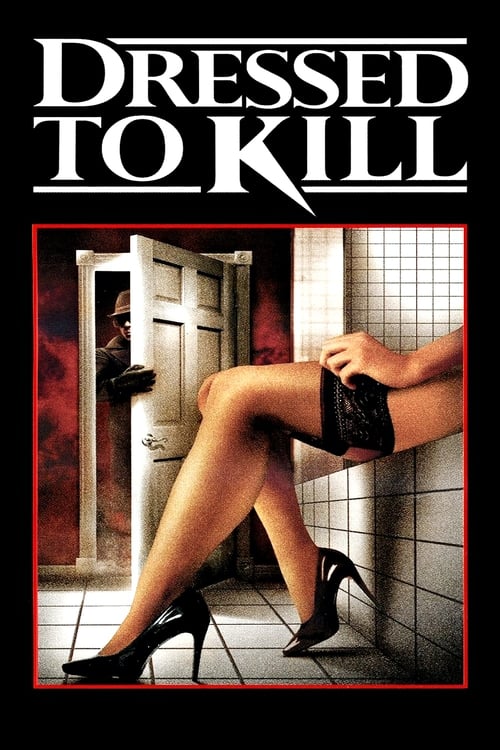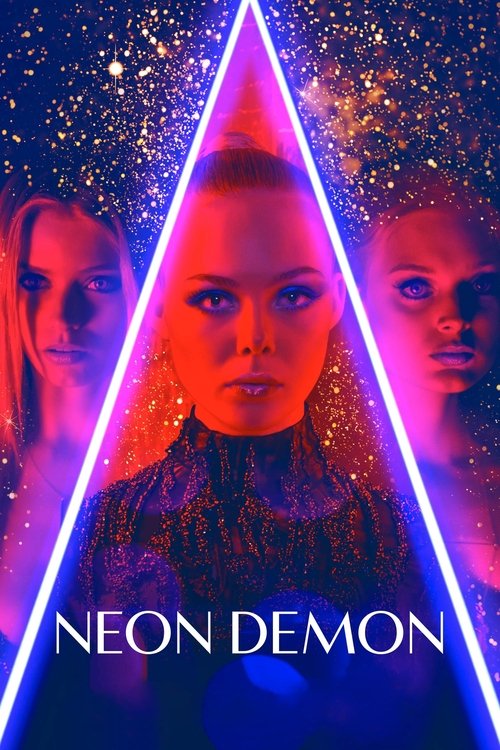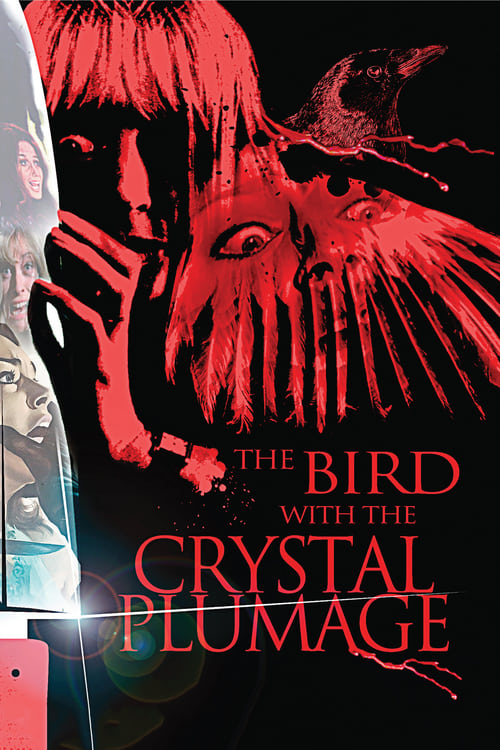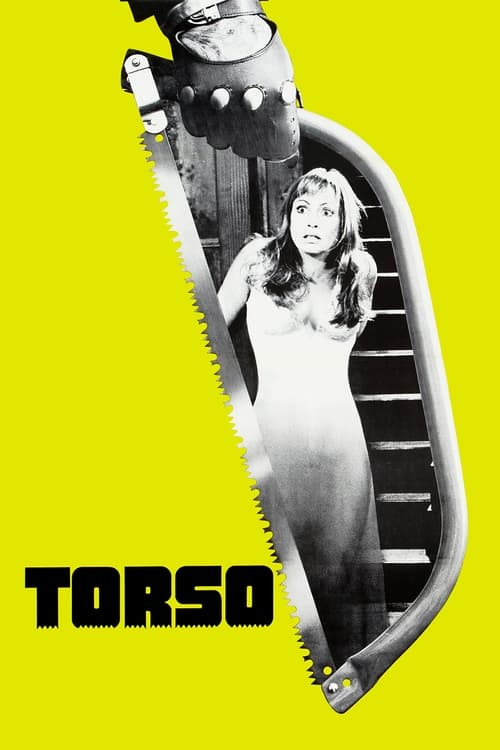Giallo: Italian Horror Aesthetics
Argento's stylized violence
The giallo genre, pioneered by Italian filmmakers in the 1960s and 70s, revolutionized horror cinema through its distinctive blend of psychological terror, stylized violence, and baroque visual aesthetics.
Dario Argento's 1975 masterpiece "Profondo Rosso" (Deep Red) represents the giallo movement at its artistic peak. Working with cinematographer Luigi Kuveiller, Argento crafted elaborate murder sequences that transform violence into a form of macabre ballet. The film's signature scene - a psychic's death viewed through a window - combines extreme close-ups, dramatic lighting, and precise camera movements to create an operatic spectacle of horror. This approach to filming violence, where technical virtuosity and aesthetic beauty contrast with brutal content, became a defining characteristic of giallo. The film's use of deep reds, sharp blues, and stark whites established a color palette that would influence horror cinematography for decades.
Before Argento, Mario Bava laid the groundwork for giallo's visual style with "Blood and Black Lace" (1964). The film's fashion house setting allowed Bava to experiment with color, texture, and composition in ways that would become genre hallmarks. His use of bold lighting schemes and dramatic shadows drew from German Expressionism while adding distinctly modern elements. The murderer's black-gloved hands, the fetishistic attention to weapons, and the blend of sexuality and death became essential giallo elements. Bava's innovative camera techniques, including elaborate tracking shots and extreme angles, established a template for how to photograph violence as artistic spectacle.
Argento refined these elements to their highest form in "Tenebrae" (1982), working with cinematographer Luciano Tovoli to create some of the most technically ambitious sequences in horror history. The film's centerpiece is a three-minute crane shot that scales an apartment building's exterior, a bravura display of cinematography that demonstrates giallo's emphasis on technical virtuosity. The scene's complexity required custom equipment and multiple takes, highlighting how giallo directors pushed technical boundaries to achieve their artistic vision. The film's clinical white environments and harsh lighting marked a departure from earlier gothic-influenced settings while maintaining the genre's commitment to visual impact.
The influence of giallo aesthetics extended beyond Italy, particularly in the realm of cinematography. Directors like Brian De Palma openly borrowed from Argento's playbook, with films like "Dressed to Kill" (1980) adopting giallo's split-screen techniques, subjective camera work, and elaborate murder sequences. The genre's impact can be seen in contemporary films like Nicolas Winding Refn's "Neon Demon" (2016), which channels giallo's preoccupation with fashion, death, and saturated colors. Modern horror cinematographers frequently reference giallo's bold color schemes and dynamic camera movements.
The sound design and musical scores of giallo films were equally revolutionary. Argento's collaboration with progressive rock band Goblin produced iconic soundtracks that departed from traditional horror music. In "Suspiria" (1977), the overwhelming sound mix combines Goblin's aggressive score with experimental sound effects to create an immersive atmosphere of dread. This approach to horror sound design influenced countless films and demonstrated how audio elements could enhance visual terror. The genre's innovative use of music and sound effects established new paradigms for horror film scoring.
The psychological aspects of giallo violence were particularly influential. Unlike American slasher films, giallo murders often explored themes of sexual identity, repression, and trauma. In "The Bird with the Crystal Plumage" (1970), Argento uses subjective camera work and unreliable perspective to challenge viewers' assumptions about gender and violence. The genre's psychological complexity influenced later films like "Basic Instinct" (1992) and "Black Swan" (2010), which similarly blend sexuality, violence, and psychological uncertainty.
More Ideas
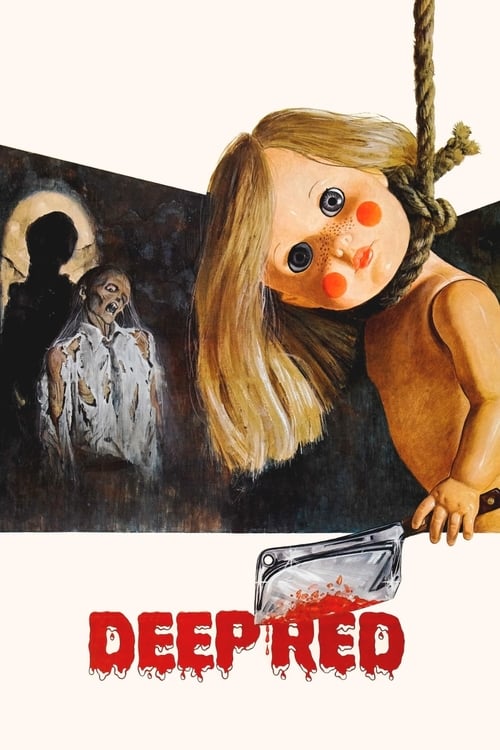
Deep Red
(1975)
A musician investigates a series of murders linked to a haunted house
Streaming on Shudder

The Strange Vice of Mrs. Wardh
(1971)
A woman's past returns to haunt her in Vienna
Streaming on Arrow Player
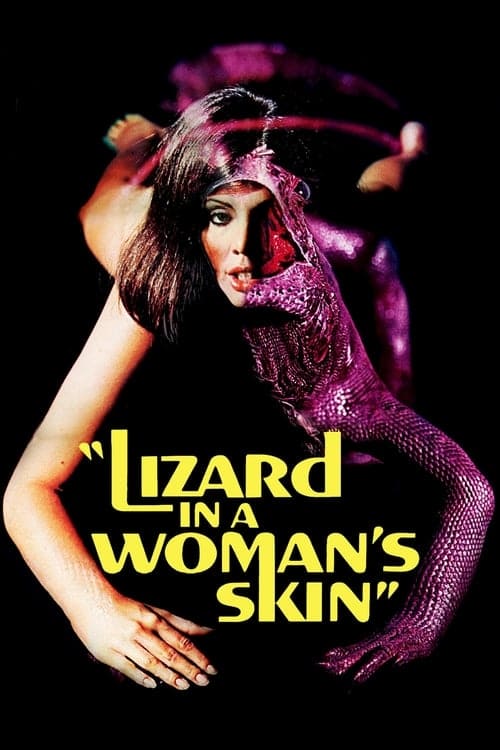
A Lizard in a Woman's Skin
(1971)
Psychedelic thriller about dreams and murder
Streaming on Tubi
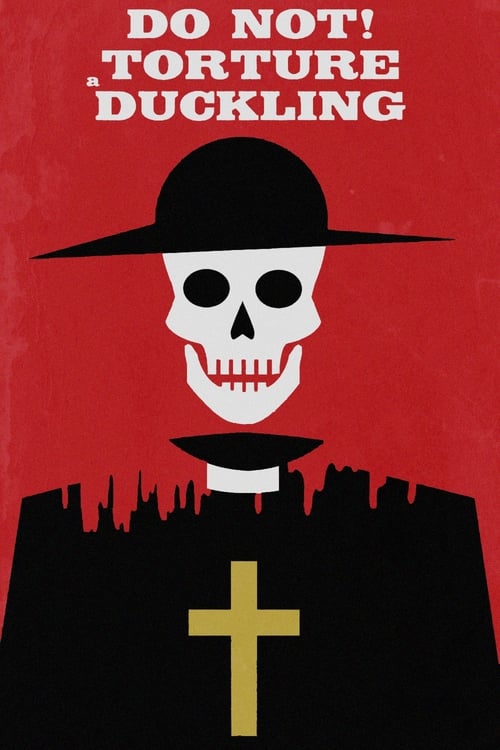
Don't Torture a Duckling
(1972)
Rural Italian village faces child murders
Streaming on Arrow Player


